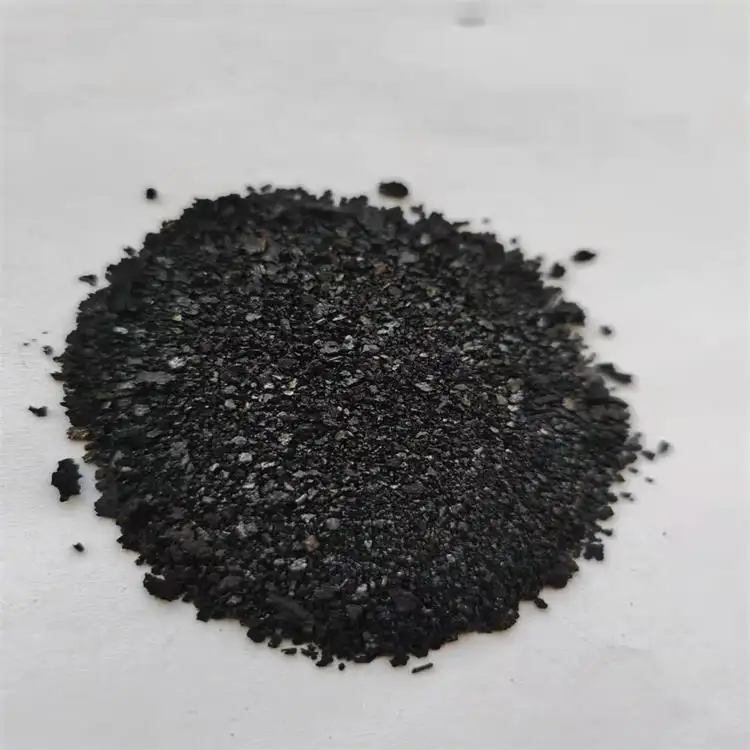Exploring the Rich History and Cultural Significance of Indigo Dye in Textiles
The Famous Dye for Indigo A Timeless Legacy
Indigo dye, known for its rich, deep blue color, has a storied history that dates back thousands of years. Derived from the leaves of the indigo plant, predominantly *Indigofera tinctoria*, it has played a significant role in various cultures and economies around the world. With its vibrant hue, indigo became an essential fabric dye, shaping industries, influencing art, and even impacting societal structures.
Historically, indigo dye was one of the most sought-after natural dyes. It was used extensively in ancient Egypt, where it was often combined with other plant-based dyes to create an array of vibrant colors. Evidence of indigo-dyed fabrics can be found in mummies, showcasing its importance in ancient Egyptian society. The demand for indigo continued to grow, spreading to India, where it flourished as an important commercial product.
The Famous Dye for Indigo A Timeless Legacy
The cultivation and processing of indigo was labor-intensive. The plants would be harvested, fermented, and treated to extract the dye. This traditional method remained in use for centuries, cherished for its ability to produce a color that was both durable and deep. Unlike other dyes, indigo undergoes a unique chemical process known as vatting, which transforms the dye from a soluble form to an insoluble one, resulting in the characteristic blue color after it oxidizes.
famous dye for indigo

The appeal of indigo transcended geographic boundaries, making its mark in places as diverse as Japan, where it became integral to the traditional dyeing technique known as shibori. Here, artisans utilized indigo to create intricate patterns and designs on textiles, resulting in a unique aesthetic that is still celebrated today. Indigo also found its way into West African cultures, where it was often reserved for ceremonial garments and played a role in social identity.
Despite the decline in natural indigo production due to the advent of synthetic dyes in the late 19th century, the legacy of indigo has remained strong. Today, natural indigo is experiencing a renaissance as artisans and eco-conscious consumers seek alternatives to synthetic dyes. The movement emphasizes sustainability and the cultural significance of traditional dyeing techniques.
Contemporary fashion designers increasingly incorporate indigo into their collections, marrying traditional methods with modern sensibilities. This resurgence has also led to the revival of indigo farming in several regions, providing economic opportunities for communities and promoting biodiversity. Artisans are now reclaiming their techniques, educating others about the importance of using natural dyes and the environmental impact of synthetic options.
Moreover, indigo's cultural significance continues to be celebrated through festivals and exhibitions worldwide. Events showcasing indigo dyeing techniques and fabrics highlight the craftsmanship involved and educate people about the historical context of this remarkable dye. From “Blue of Indigo” art installations to workshops, the dye has not only persisted in the textile industry but has also become a symbol of heritage and identity.
In conclusion, indigo is more than just a color; it is a narrative woven through time, embodying tradition, craftsmanship, and socio-economic change. As we embrace sustainable practices in our modern world, the legacy of indigo serves as a reminder of the intricate connections between nature, culture, and commerce. The famous dye for indigo, therefore, is not merely a source of beauty—it is a testament to human ingenuity and resilience, celebrating a timeless bond between people and the natural world.
-
The Timeless Art of Denim Indigo Dye
NewsJul.01,2025
-
The Rise of Sulfur Dyed Denim
NewsJul.01,2025
-
The Rich Revival of the Best Indigo Dye
NewsJul.01,2025
-
The Enduring Strength of Sulphur Black
NewsJul.01,2025
-
The Ancient Art of Chinese Indigo Dye
NewsJul.01,2025
-
Industry Power of Indigo
NewsJul.01,2025
-
Black Sulfur is Leading the Next Wave
NewsJul.01,2025

Sulphur Black
1.Name: sulphur black; Sulfur Black; Sulphur Black 1;
2.Structure formula:
3.Molecule formula: C6H4N2O5
4.CAS No.: 1326-82-5
5.HS code: 32041911
6.Product specification:Appearance:black phosphorus flakes; black liquid

Bromo Indigo; Vat Bromo-Indigo; C.I.Vat Blue 5
1.Name: Bromo indigo; Vat bromo-indigo; C.I.Vat blue 5;
2.Structure formula:
3.Molecule formula: C16H6Br4N2O2
4.CAS No.: 2475-31-2
5.HS code: 3204151000 6.Major usage and instruction: Be mainly used to dye cotton fabrics.

Indigo Blue Vat Blue
1.Name: indigo blue,vat blue 1,
2.Structure formula:
3.Molecule formula: C16H10N2O2
4.. CAS No.: 482-89-3
5.Molecule weight: 262.62
6.HS code: 3204151000
7.Major usage and instruction: Be mainly used to dye cotton fabrics.

